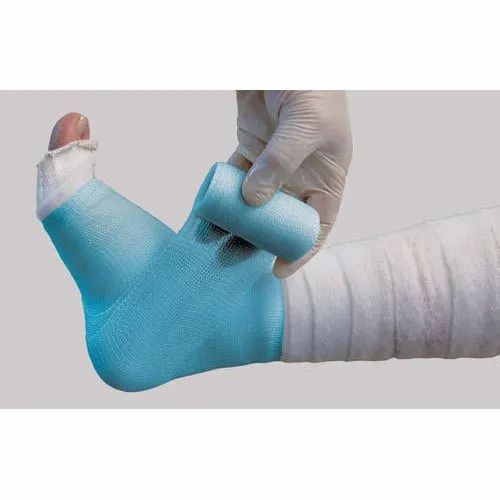The Do’s and Don’ts of Plaster Care: A Guide to Faster Healing

The Do’s and Don’ts of Plaster Care: A Guide to Faster Healing
A plaster cast is a crucial part of the recovery process for broken bones and other injuries. However, proper care is vital to avoid complications and ensure healing goes as planned. Here’s a comprehensive guide on what you should and shouldn’t do when managing your plaster.
The Do’s of Plaster Care:
1. Keep It Clean and Dry:
Moisture can weaken the plaster and cause irritation or infection. Use a waterproof cast protector during baths or showers.
2. Elevate the Affected Area:
To reduce swelling and improve circulation, keep the injured limb elevated, especially during the first few days.
3. Check for Signs of Trouble:
Inspect the area around the cast daily for signs of swelling, discoloration, or foul odor, and contact your doctor immediately if you notice anything unusual.
4. Follow Your Doctor’s Advice:
Dr. Ravi Kumar emphasizes the importance of adhering to your follow-up appointments and instructions for optimal recovery.
The Don’ts of Plaster Care:
1. Don’t Get It Wet:
Even a little water can compromise the integrity of your cast. Keep it covered during activities where it might get wet.
2. Avoid Inserting Objects:
Itching under the cast is normal, but inserting objects like pens or hangers can damage the skin or the plaster itself. Instead, try tapping the cast gently or using a hair dryer on a cool setting.
3. Don’t Ignore Pain:
Persistent discomfort, numbness, or a tight feeling could indicate complications. Seek medical attention promptly.
4. Don’t Put Weight on the Cast:
Unless advised by your doctor, avoid placing unnecessary pressure on the injured area. Use crutches or mobility aids as instructed.



